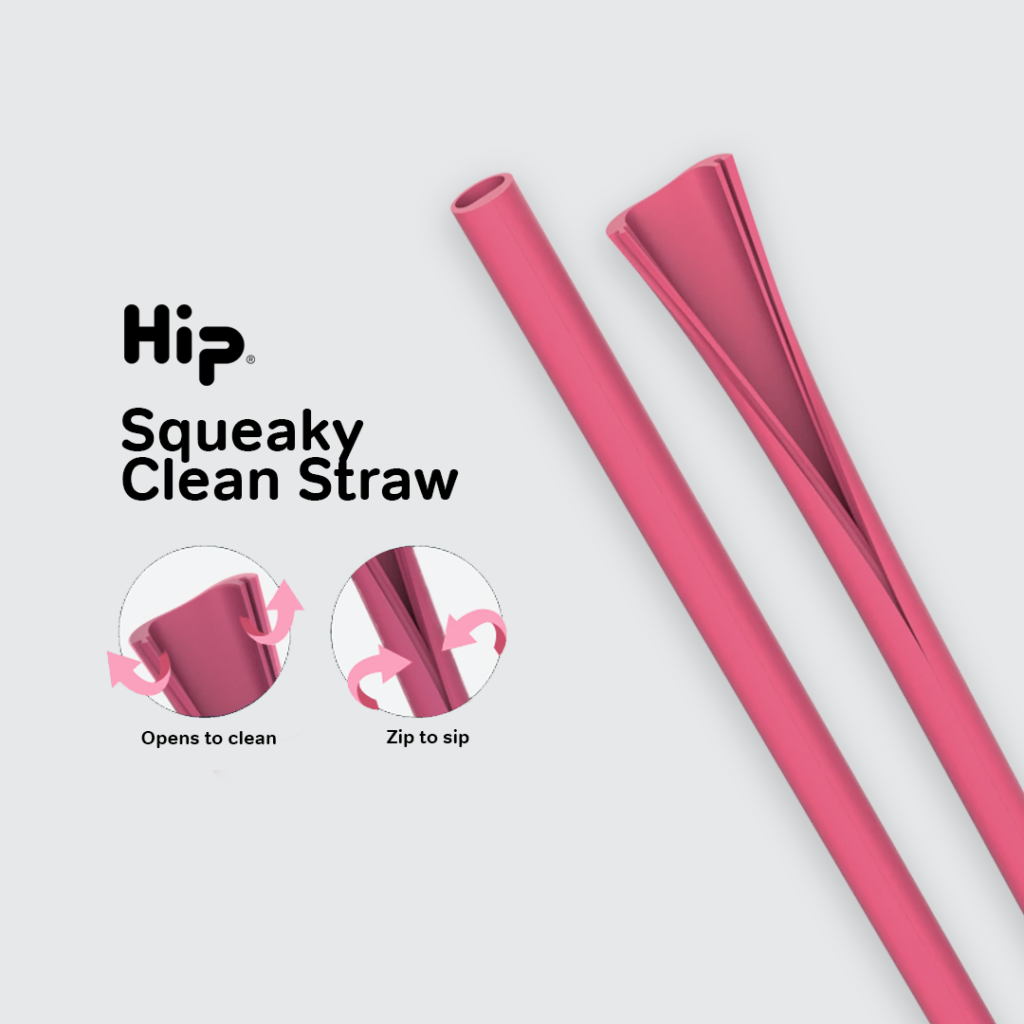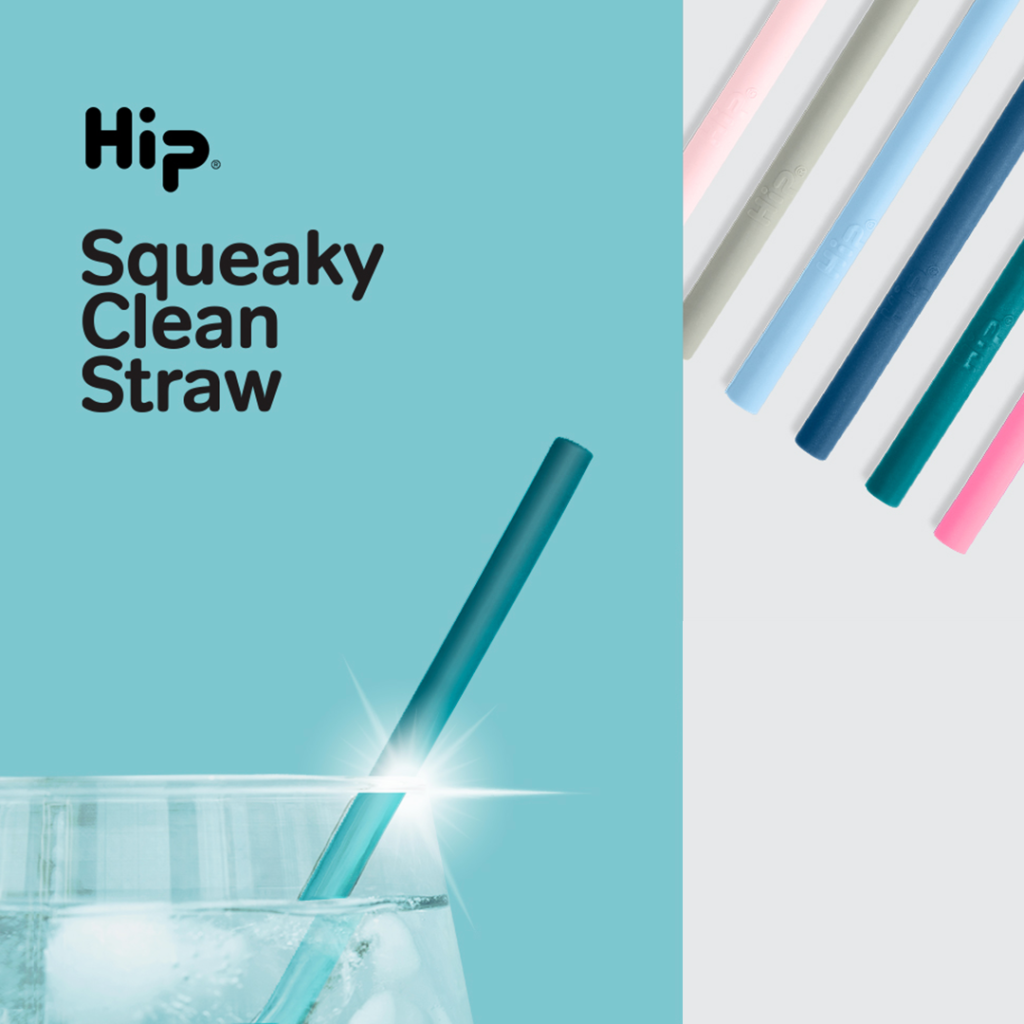For many ecommerce brands, a significant amount of time is spent on figuring out what to say, and not nearly enough on how to produce strong visual assets that support that message. This handy guide makes sure businesses don’t miss a trick in the ad creative playbook.
A survey conducted by market research firm Dynata, found that 85% of shoppers are more likely to choose a brand with high-quality ads. The same holds true for branding consistency as 74% of consumers will more likely be loyal to a company with consistent and well-design content.
"The golden rule is that ads need to invite consumers to interact with your brand. Make sure you are giving people something to do like get more information, access an exclusive benefit, download something, etc. Try different calls to action but make sure that it’s clear for your audience."
Drill down with data
Collecting data around the actions customers take with your ads is very powerful but it only reveals one part of their journey.
Look at your ad performance and gather insights, compile them and use them to understand consumer behavior beyond engagement: don’t look at just how many people view your ads, but how they behave and interact with them. Looking at behavioural cues will help you understand how customers make decisions.
When devising the concept behind a campaign, it would be wise to source data outside your ads to contextualize your approach: turn to Google Trends or similar tools to understand how consumers perceive certain products and make decisions.
“For instance, you may think your potential customers value a concept (i.e: cheap or affordable) but the trend may show that they are looking for something else (i.e: best, sustainable). This can be very valuable to steer the course of your campaign”, points out Agna Poznanska, CMO at DRVE.
Leverage external content
Constant testing and iteration require high volume content production, as your team will need to produce a wide selection of ads with multiple creative assets and copy adjustments.
To meet the demand around volume and high-quality ads, brands can work with external creators like influencers. Content creators will create brand assets at scale and optimize the process.
Moreover, some brands prefer driving their content production with user-generated content (UGC). Some brands will even mimic the visual approach of UGC and produce more “authentic” content that is easy to amplify.
Lastly, some platforms are more suitable than others for this approach. For instance, TikTok offers Spark Ads that allows brands to partner up with an established creator to produce authentic content that doesn’t feel too pushy or transactional.


Lifestyle brand Hip tried different visuals to highlight one main feature in different lights: a close-up of the product’s technology vs. the straw in context.
Think for each platform and stage
“One note on testing on different channels is to be aware that, depending on the social media platform, audiences either are fed content by an algorithm or choose it. This impacts the behavior and predisposition of consumers and should be taken into account when running multiple tests”, points out Agna.
If you are using a platform like TikTok, video ads will be your go-to content and you want to be wary of length and get your key message out early. You will need to think of the specificity of the platform and analyze the best practices, like shooting vertical footage, including sound, enabling captions, and more.
It is paramount to think for each platform but also for each stage of the funnel. “Companies that use data to produce specific creatives in retargeting campaigns tend to see positive results”, claims Agna.


By Invite Only (left) experimented with GIFs for eye-catchy holiday season ads. Browly (right) leveraged user reviews for their Google Ads.



